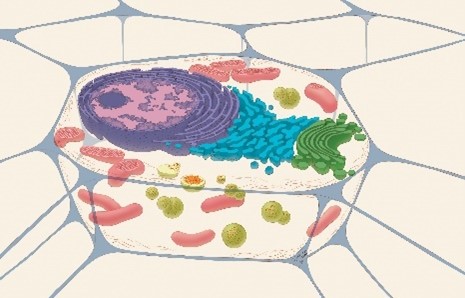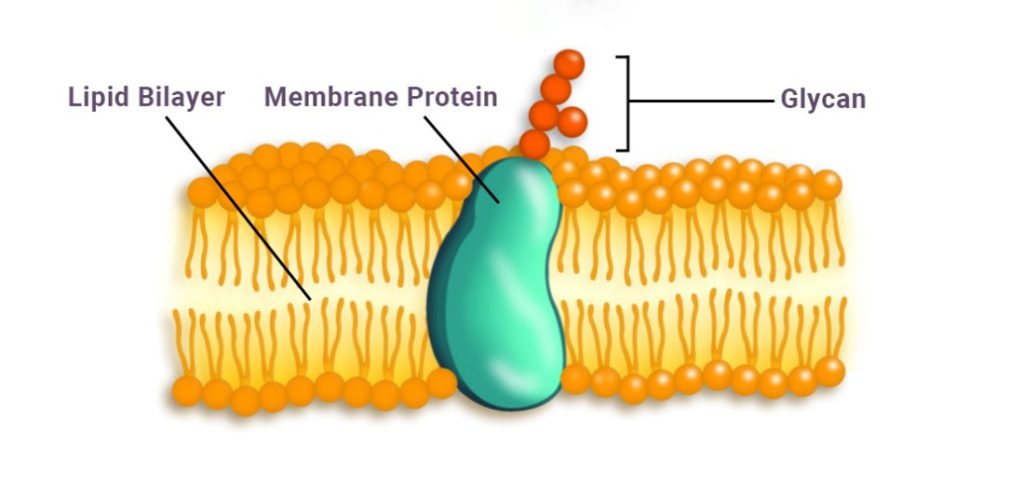Like skin that covers and protects our bodies, membranes surround and protect cells and organelles. Membranes are semi-fluid barriers composed mainly of lipids and proteins. They provide structure; control the import and export of molecules such as ions, nutrients, and toxins; and support cellular communication.

The lipids that compose membranes are primarily phospholipids. (Cholesterol is another lipid often present in membranes that helps regulate their stiffness.) Phospholipids have hydrophilic (water-loving) “heads” and hydrophobic (water-fearing) “tails.” Within the human body, a water-loving environment, they line up so that their tails face one another and their heads point outward. In membranes, this alignment makes a bilayer barrier that is two lipid molecules deep.

Although many small molecules and gases can pass freely across the lipid bilayer, tunnel-like proteins of the membrane must transport large or charged molecules. Along with importing and exporting nutrients and toxins, these transmembrane proteins are tasked with an important role of pumping ions into or out of the cell. The transfer results in ion gradients—more ions on one side of the membrane than the other—which are necessary for energy production and nerve signaling.
Scientists estimate that between 20 and 30 percent of the proteins that our cells make are found within membranes. Many medicines target these proteins because they can elicit changes within the cell without having to cross the barrier of the membrane.
In addition to providing structure and molecule transport, membranes aid in cell communication. Some lipids and many membrane proteins have attached glycans—carbohydrate molecules that stick out from the cell’s surface and play a role in protection and communication. For example, glycans on red blood cells determine blood type (A, B, AB, or O), and immune cells use them to check whether a red blood cell is part of the body. It’s important to determine that blood types are compatible before a transfusion because if transfused blood cells have glycans that the host’s blood cells don’t, the immune system will recognize the transfused cells as foreign and attack them.
NIGMS-Funded Membrane Research
Many scientists supported by NIGMS study membranes. Some of these researchers are:
- Achieving new ways to determine the structures of membrane proteins, which could support the development of new medicines
- Investigating how cells repair damaged membranes, which could lead to new strategies for treating injured cells and support advances in regenerative medicine
- Determining how certain changes in organelle membranes may contribute to mitochondrial dysfunction and adult-onset blindness
- Creating better ways to deliver therapeutic molecules across cell membranes, which is often necessary for their effectiveness
Learn about other scientific terms with the NIGMS glossary.


Are damaged nerve cells,peripheral neuropathy,part of your studies.what studies are presently supportive of on going research for neuropathy
Hi Walter, thanks for your comment. Most of the research funded by NIH on peripheral neuropathy is under the National Institute of Neurological Disorders and Stroke (NINDS). Their page on peripheral neuropathy describes some of the latest research updates.